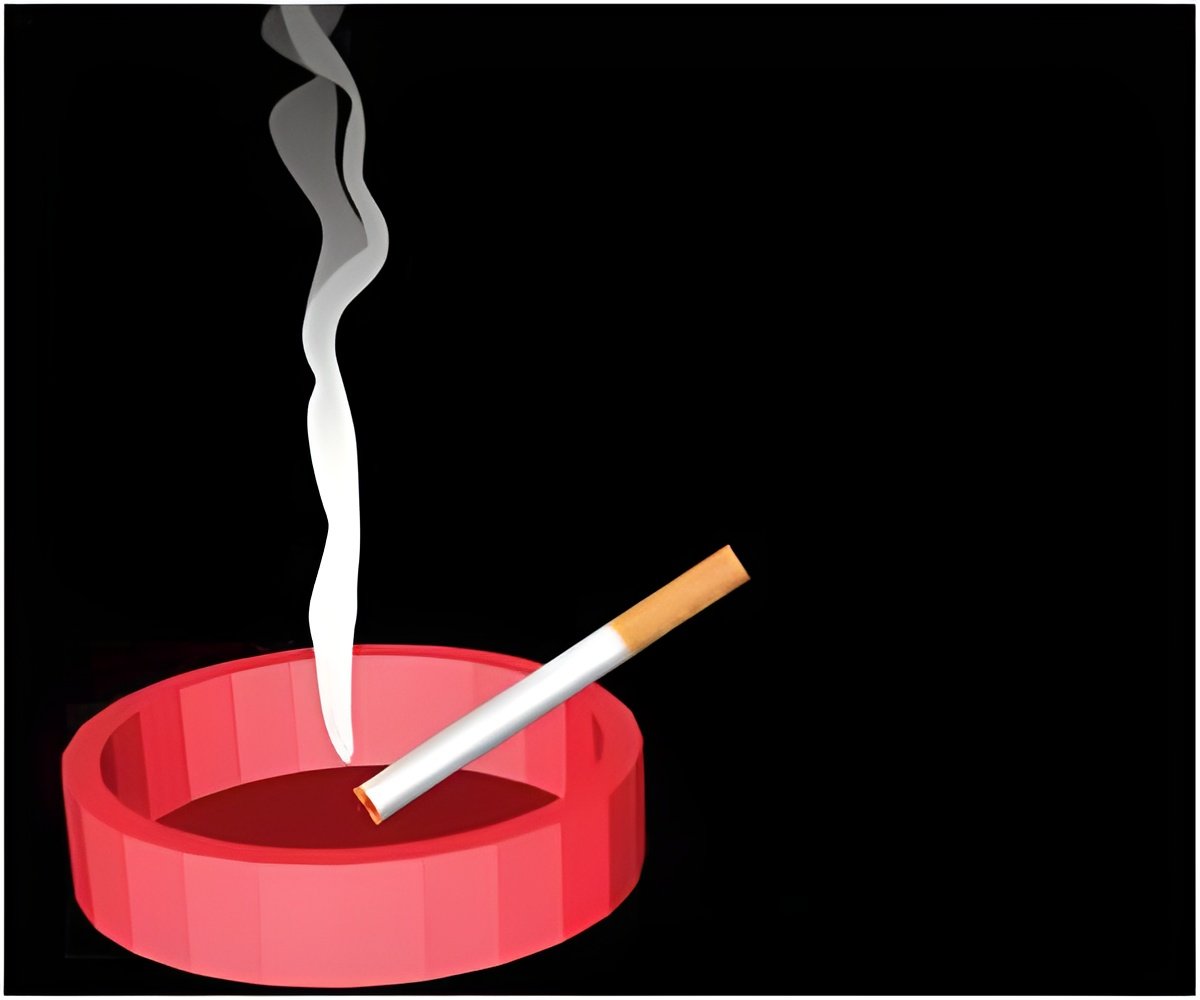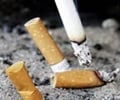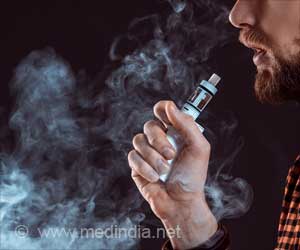A new study led by Indian origin scientist has suggested that a key protein involved in cell function and regulation is stopped by cancer-causing agent present in gaseous phase of cigarette smoke.

Cigarette smoke has more than 4,000 components, many of which are linked to the development and progression of lung cancer.
Evidence has shown secondhand smoke to be as dangerous as primary smoke due to its impact on the cells of the body.
In the study, a team of researchers led by A. K. Rajasekaran, PhD, Director of the Nemours Center for Childhood Cancer Research, found a cancer-causing agent called reactive oxygen species (ROS) present in the gaseous phase of cigarette smoke that has the ability to inhibit normal cell function.
Exposure to the secondhand smoke produced by as little as two cigarettes was found to almost completely stop the function of a cell's sodium pump within a few hours.
In normal cells, the sodium pump plays a critical role transporting potassium into the cell and sodium out of the cell. The competence of the cell's sodium pump, i.e., its inability to regulate sodium, is predictive of cell damage, disease progression and ultimately, survival.
Advertisement
"We now know that one need not inhale the particulate matter present in secondhand smoke to suffer the consequence of smoking. Exposure to the gaseous substance alone, which you breathe while standing near a smoker, is sufficient to cause harm." Dr. Lee Goodglick, Associate Professor in the Department of Pathology and Laboratory Medicine, UCLA, and co-senior author of the study, noted.
Advertisement
The study has been published online in the American Journal of Physiology - Lung Cell and Molecular Physiology.
Source-ANI











